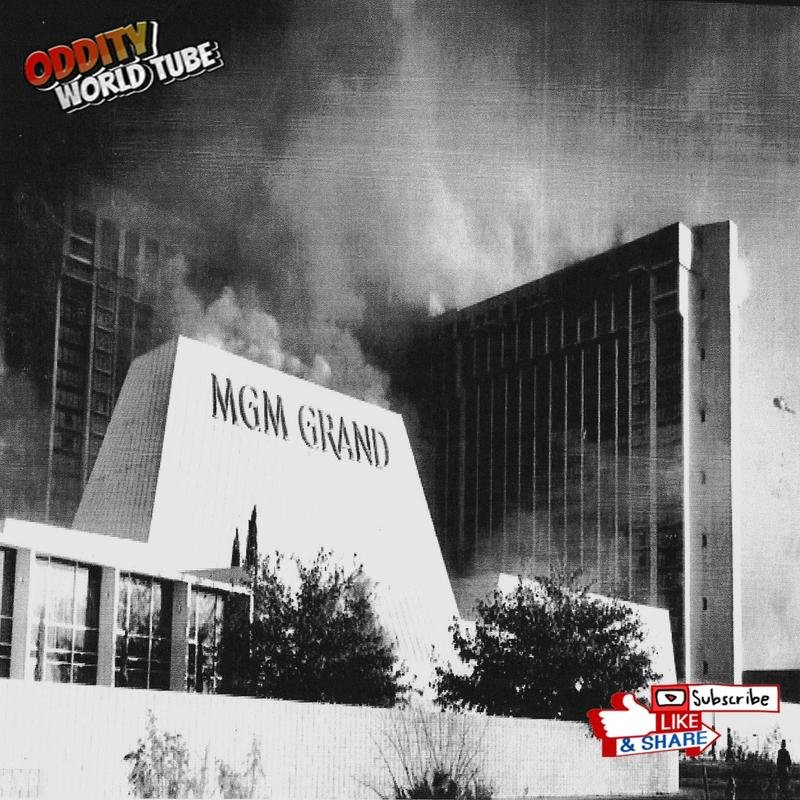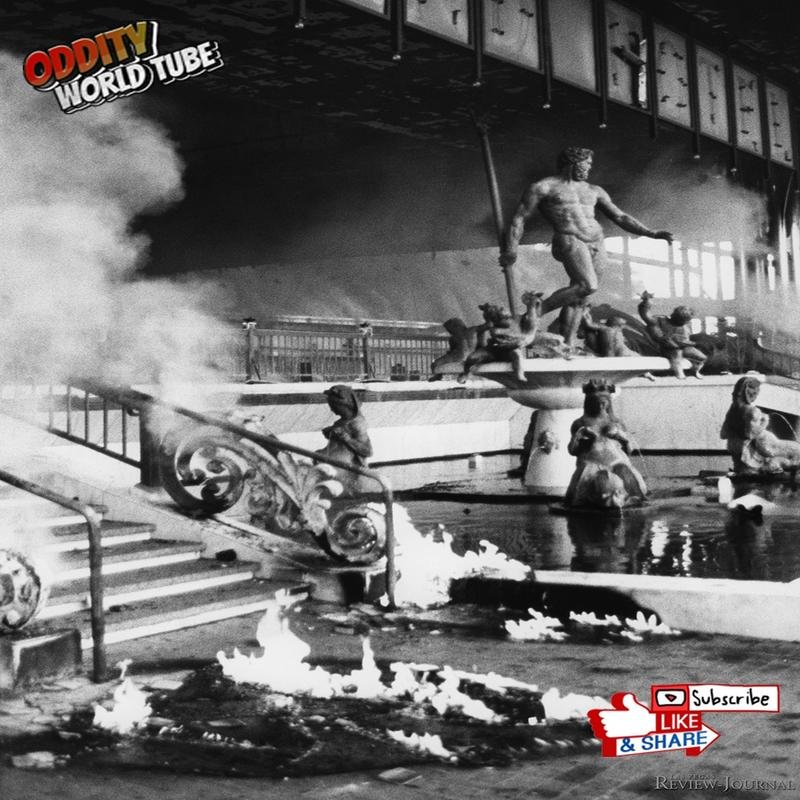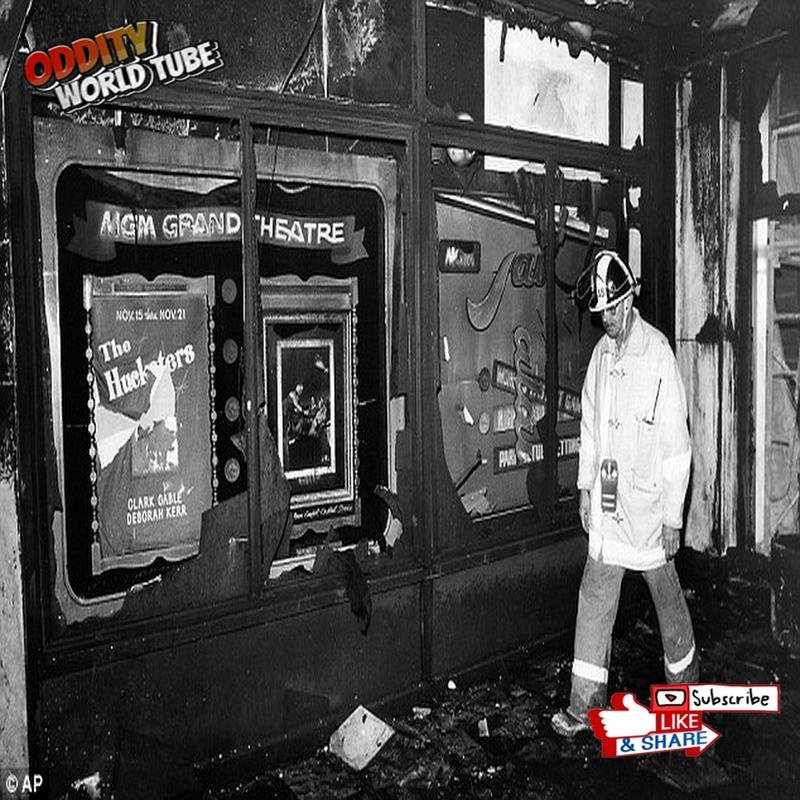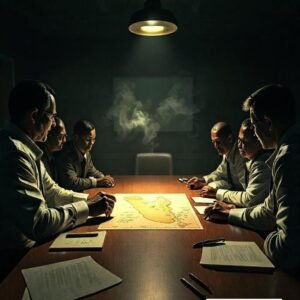The MGM Grand Hotel Fire: Las Vegas, 1980 🔍 Shocking Facts #Fires #History #Investigation
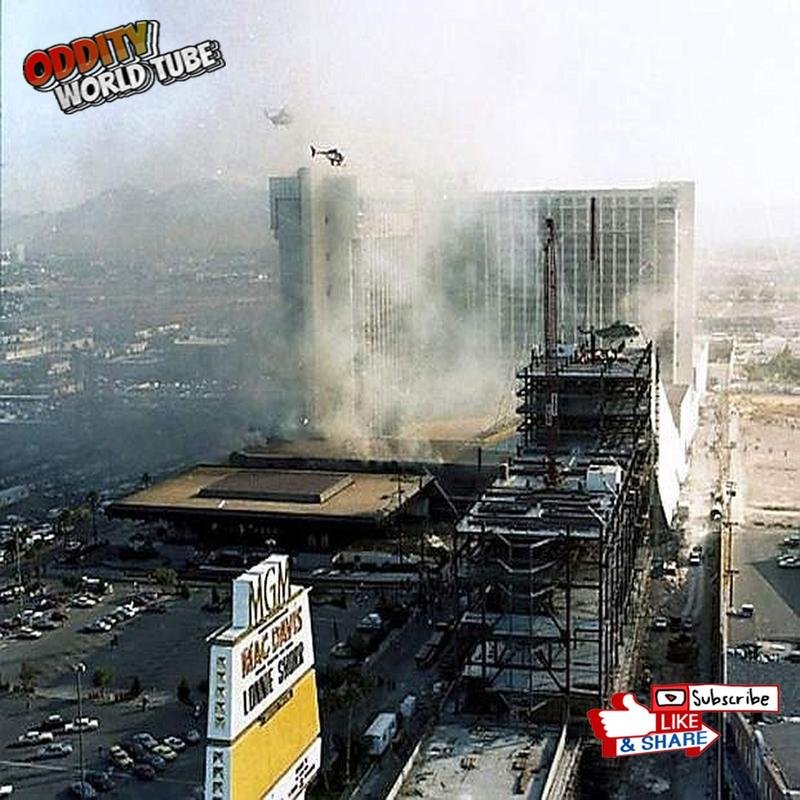
1980 MGM Grand Fire: Las Vegas Tragedy
The 1980 MGM Grand Hotel fire in Las Vegas was a catastrophic event that fundamentally reshaped fire safety standards in American hotels.
The Catastrophe
Occurring on November 21st, this fire ranks among the deadliest in U.S. history, prompting widespread revisions to building codes and fire protection regulations. Originating in the Delmonico’s restaurant on the ground floor due to an electrical malfunction in a refrigeration unit, the fire rapidly spread through the building’s combustible interior finishes, filling the hotel with toxic smoke.
Contributing Factors
The absence of a comprehensive sprinkler system throughout the hotel significantly contributed to the high death toll. Las Vegas building codes at the time did not mandate sprinklers in all areas, leaving numerous rooms and corridors unprotected, thus hindering escape and exacerbating the fire’s spread. The dense smoke, laden with toxic gases—including carbon monoxide and hydrogen cyanide—released from burning plastics and synthetics, caused unconsciousness and asphyxiation, accounting for the majority of fatalities. The resulting near-zero visibility further disoriented occupants and delayed evacuations.
The Aftermath
Despite a substantial emergency response from regional fire crews, intense heat and thick smoke severely hampered access to affected areas. Hours were required to bring the fire under control, resulting in 85 fatalities and over 650 injuries. Most victims were guests asleep in their rooms. The incident underscored the critical importance of fire safety in high-occupancy public buildings, particularly hotels.
Investigations and Reforms
A subsequent investigation revealed numerous fire safety deficiencies, including the lack of a complete sprinkler system, inadequate staff training, and the use of flammable materials. This led to numerous lawsuits against the MGM Grand and associated companies, resulting in significant settlements and industry-wide changes. Building codes were strengthened, sprinklers became mandatory in all hotels, and fire safety procedures were substantially improved.
Long-Term Impact
Post-fire improvements included a heightened emphasis on comprehensive fire safety training for hotel staff, encompassing emergency response, evacuation procedures, fire extinguisher use, and fire reporting. Hotel fire alarm systems were also significantly enhanced, featuring increased sensitivity to smoke and heat for earlier detection and direct links to fire departments for rapid response. These advancements have demonstrably saved lives and mitigated fire damage.
The MGM Grand fire represents a pivotal moment in hotel fire safety history, tragically highlighting the necessity of robust safety systems and effective staff training. Subsequent changes have demonstrably enhanced safety for both guests and employees. While time has passed, the memory of this tragedy serves as a powerful reminder of the paramount importance of unwavering commitment to fire safety. Continued investment in fire safety systems and regular staff training remain crucial to preventing future catastrophes. The 85 lives lost resulted from a combination of factors: a design conducive to rapid fire spread, the absence of sprinklers, and the use of flammable materials, creating an extremely hazardous environment. Post-fire changes to building codes and fire safety standards nationwide, including mandatory sprinklers, improved alarm systems, and enhanced staff training, have significantly improved hotel safety. The MGM Grand fire, while a tragic lesson, spurred vital improvements, underscoring the enduring importance of stringent fire safety measures to prevent future tragedies.
